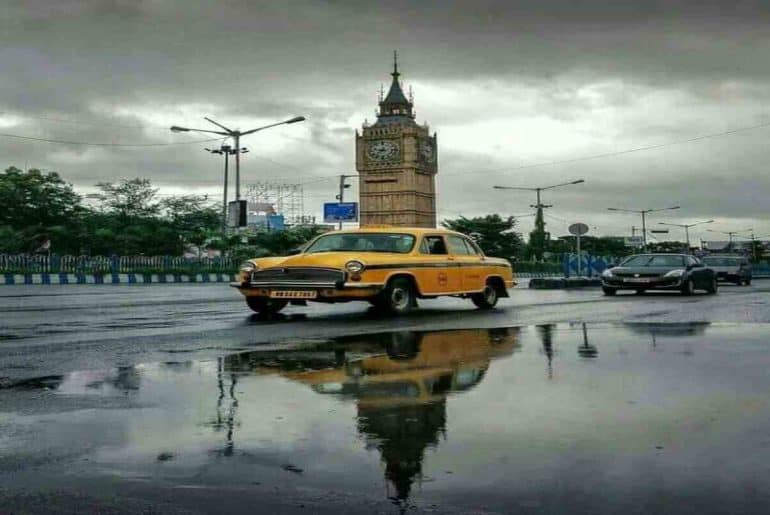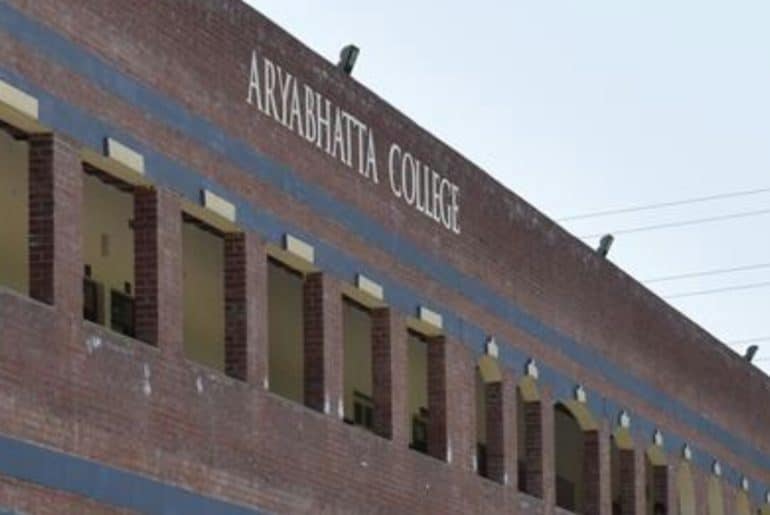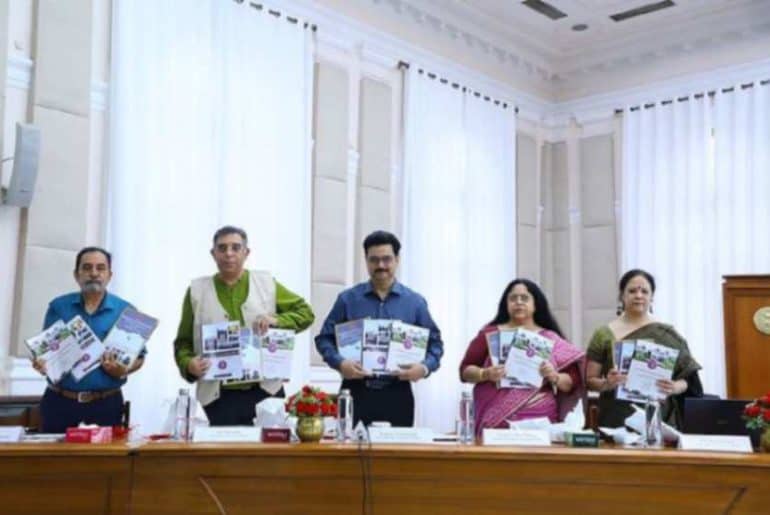One never realizes how much they love their hometown until they leave it. Mindlessly scrolling through reels on Instagram, I stumbled upon a heartwarming interview excerpt of Greta Gerwig, a well-established Hollywood director known for movies like Barbie, Little Women, and Lady Bird. She endearingly talks about how we never realize how much life has changed unless we revisit our hometown, after being away from it.
I have always loved my city, Kolkata, during August. The murky humidity of May-July slowly transitions into cloudy afternoons followed by evening showers and there is an underlying excitement amidst the hustling streets and alleys as the arrival of August amplifies the countdown to Durga Puja in early October.
As my airline slowly made the descent into my hometown, passing through puffy clouds, revealing the Ganges, the Howrah bridge perched atop it, and the huddled buildings, a warm wave of familiarity washed over me as a fellow co-passenger, a toddler whispered in excitement to his mother, “Ma, bari eshe geche!” (Mom, we’re home!).
Going back home, the ritual has always remained the same: the happy mingling crowd at the Departure tunnel, the old lanes, roadside graffiti, the smell of mum’s favourite sandalwood incense, fresh laundry, clinking chai-cups, dog fur on the sofa, Kishore Kumar ke gaane in the afternoon, mum’s special mutton biriyani recipe, ‘luchi-aloo dum’ for breakfast and the warmth of family. Simplicity. Familiarity. Comfort. Home.
Then come the people: old school friends, childhood friends, those 15-year long bonds, the chit-chats over coffee, first crushes, your favourite teacher, your neighbour who’d seen you walk for the first time, your grandmother and her prized-sewing kit, the sweaters she’d honed for you out of love, your dad’s collection of music records, the twinkle of your dog’s eyes. The love that endured. The love that stayed. The warmth of old love. Home.
But beyond the slow loving caress of familiarity, was something inherently heartbreaking. Tragic but beautiful. It was change. Change you wouldn’t notice as soon as you step down from your 2-hour-long flight from Delhi to Kolkata. But slow brimming change so vast yet so miniscule that it breaks your heart while mending it simultaneously. It’s in your childhood best-friend’s stories of college, their vast-tangle of newfound friends, sky-scrappers standing tall in place of your favourite movie theatre, the now-empty flat of your closest cousin who’d moved abroad, or in the glistening newly sprout grey hair of your dog. It’s an eerie feeling. It is true that life goes on and never waits for anybody but it’s also strange, feeling like a mere observer to the life that had been your whole world, in the place that you’ve always called home.
This feeling stems from something much deeper than just feeling like you’re missing out. Instead of resenting life for passing through your hometown when you aren’t even there, you embrace this change, or at least try to. Over time, you realize how much you’ve changed as well- that you no more unhealthily binge-read Harry Potter but read more Murakami in its place, that you enjoy The 1975 over Linkin Park now and that you’d always loved ‘Chole Bhature’ over ‘Luchi-Aloo Dum’ despite your friends teasing you as a fake Bengali (yes, deep sad sigh). At one beautiful point, one warm Wednesday afternoon, you realize that you are growing along with your childhood city, discovering yourself every day and suddenly, you’re at peace.
On a rather unconventional note, I believe that it’s also important for one to eventually move out of your childhood hometown. Moving away from the familiarity, from the care of your parents, taking responsibilities, doing laundry by yourself, buying groceries alone, riding buses, managing your finances gives you a sense of clarity that the comfort of home can’t. Moving out of this comfort zone, lends you a sense of independence, some perspective that you never thought you had before. You suddenly feel confident enough to make future choices and plan, and finally liberation embraces you- that you are (almost) a grown-up and have (sort of) stepped into the real world!
Basking in this glorious independence is fun, and so is remembering that the same bonds you’re breaking free from moulded and shaped you to someday be capable of leaving it all behind. Your old friends, your family, the Sunday-night movies, the bicycle races with childhood friends- all of these fragments have come together to make you whole. And as you look upon the old city, with tears in your eyes, comprehension slowly dawns that you’d never realized how much home has shaped you, how much you love it and are going to miss it. And while your childhood best friend now has new friends to confide in, your movie theatre has turned into someone’s loving home and your dog is growing old, the love doesn’t disappear, it re-emerges every time you come back home, it’s always there and will be. And that’s the beauty of it all.
Through the rush of college, the fast-paced life of Delhi, the crowd of metros, the overburdening assignments and the hustle of college societies, the early-morning showers of Delhi remind me of the slow, lazy August days of Kolkata as my mother gently simmers the early-morning cha, humming to the stapled songs of Kishore Kumar playing in the background of her beloved kitchen, and rain lovingly embraces my home, far-far away yet so close.
Sometimes, love from a distance can be beautiful too.
Read Also: The Home Conundrum, and the Battle of Graduating
Featured Image Credits: Google Images
Priyanka Mukherjee






